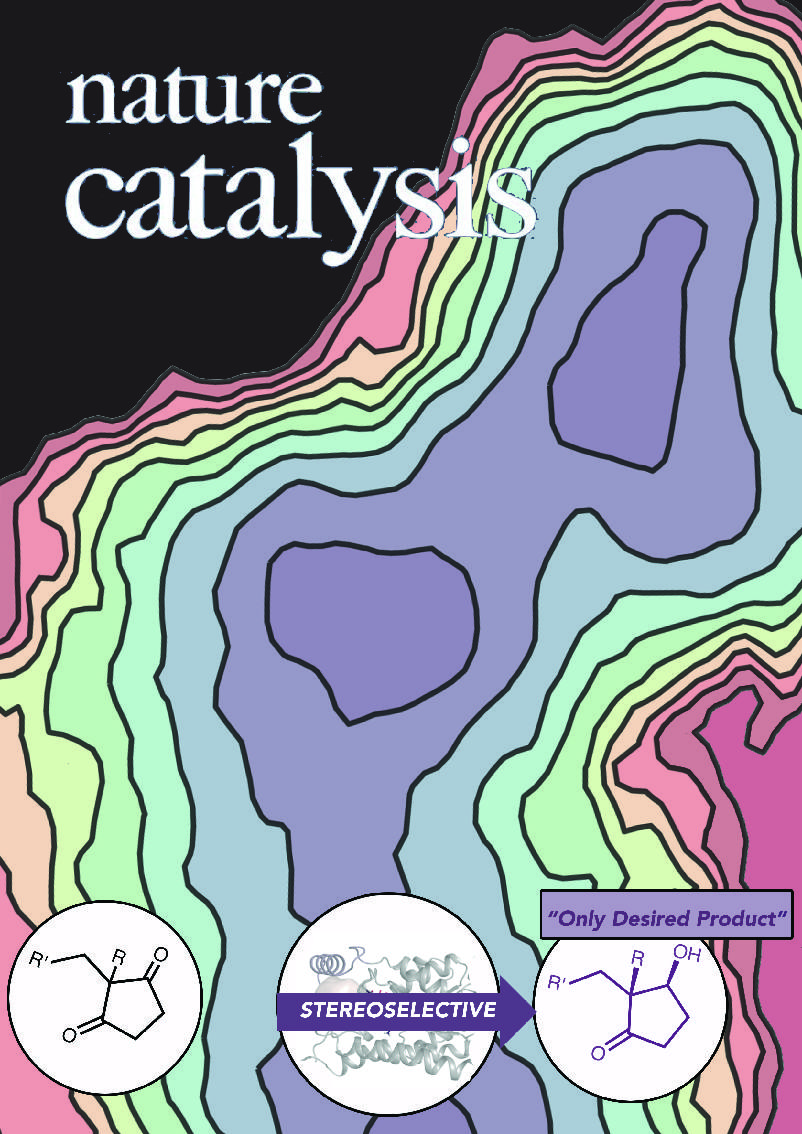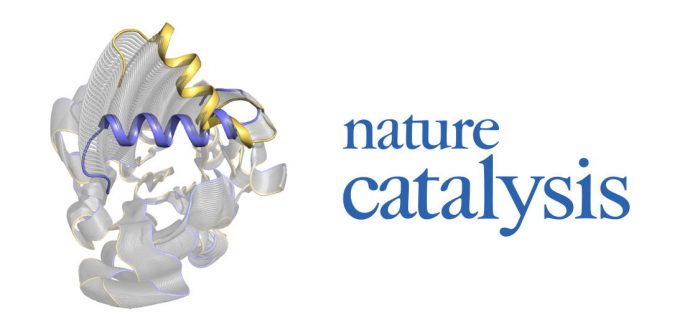Many drugs used for the treatment of diseases present chiral properties. In this study we aimed to produce an optically pure stereoisomer that is a key intermediate for the production of steroidal medicines such as levonorgestrel or gestodene. The targeted stereoisomer was the (13R, 17S)-methyl secol, which can be produced by the asymmetric reduction of its corresponding prochiral ketone. The asymmetric reduction to yield optically pure stereoisomers can be achieved with metal-based catalysts, but also with enzymes such as alcohol dehydrogenases (ADH). The reduction of steroidal hormones precursors presents a great challenge in the biocatalysts field because they are very bulky and present different chiral centers, thus leading to large number of products or stereoisomers. The enzyme capable to produce only the desired stereoisomer must position the prochiral ketone compound in an optimal way so that the reaction takes places specifically.
In this collaborative study, Miguel A. Maria-Solano and Sílvia Osuna from the Institute of Computational Chemistry and Catalysis (IQCC) of the University of Girona, together with the group of Prof. Zhu of the Institute of Industrial Biotechnology of Tianjin (China) designed a new ADH enzyme capable to only produce the desired stereoisomer with high activity. To that end we applied a new approach of industrial interest based on mutagenesis techniques combined with computational tools. X-ray crystallography studies together with Molecular Dynamics (MD) simulations consistently revealed the molecular basis for the enhanced activity and stereoselectivity achieved in the mutant with respect to the wild type ADH enzyme. The changes introduced in the ADH enzyme (mutations) aided the optimum positioning of the chiral compound in the active center where the reaction takes place, but also alter the flexibility and dynamics of a region close to the active center key for activity. The MD simulations revealed dramatic differences regarding the flexibility of these regions and allowed the identification of the relevant conformations of the enzyme to recognize and selectively position the bulky prochiral compound. This work demonstrates the importance of studying the conformational dynamics of enzymes and lays foundation for the development of computational protocols based on MD simulations for the design of new ADHs for the production of drugs.
The paper was recently published in Nature Catalysis:
X. Chen, H. Zhang, M. A. Maria-Solano, W. Liu, J. Li, J. Feng, X. Liu, S. Osuna, R.-T. Guo, Q. Wu, D. Zhu and Y. Ma
“Efficient reductive desymmetrization of bulky 1,3-cyclodiketones enabled by structure-guided directed evolution of a carbonyl reductase”
Nat. Catal. 2019, 2, 931-941 [abstract]
DOI: 10.1038/s41929-019-0347-y


